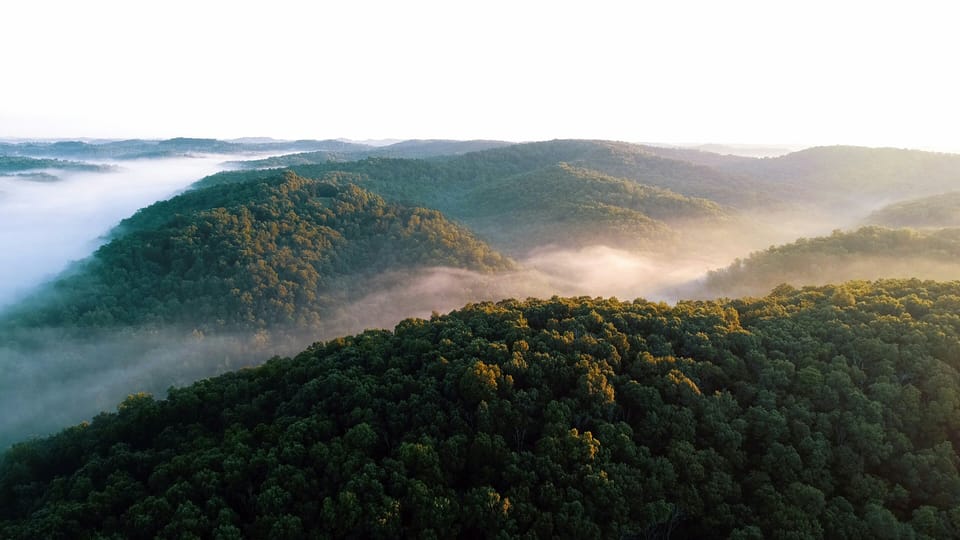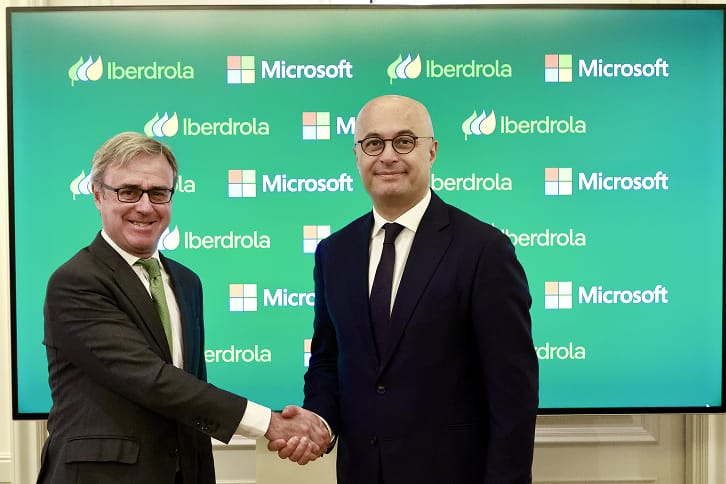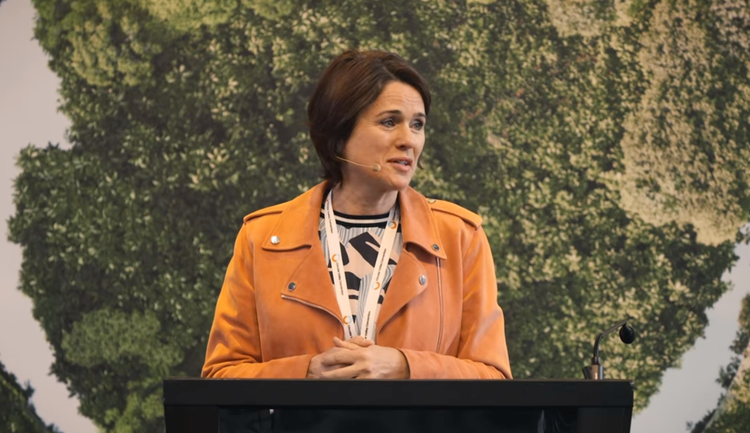Amazon carbon credit service: Project types, quality standards and eligibility criteria

Amazon has launched a new service to sell carbon credits from forest protection and restoration projects, as well as direct air capture, to its suppliers and customers committed to net zero.
The e-commerce giant will in essence act as a broker on the credits, investing in high-integrity projects and retiring the carbon credits generated on behalf of its clients. The firm didn’t immediately answer CSO Futures’ request to know whether it would earn a commission on the transactions.
The new Amazon carbon credit service is hosted on Amazon’s Sustainability Exchange platform, which was launched last year to provide partners with information and resources on how to embed sustainability into their businesses.
Amazon carbon credit service: Types of credits and quality standards
Information on the platform reveals that Amazon will prioritise three types of credits: jurisdictional forest credits certified by the ART TREES standard – like those in a 2024 LEAF Coalition transaction with the Brazilian State of Pará; forest restoration credits certified by Verra’s ABACUS label – which adds integrity criteria to its existing VM007 standard; and technological carbon removal – primarily in the form of direct air capture (DAC).
Both the ART TREES standard and Verra’s VM007 on Afforestation, Reforestation, and Revegetation were recently assessed by the Integrity Council for the Voluntary Carbon Market (ICVCM) and found eligible to receive its Core Carbon Principles (CCP) label for high-quality carbon credits.
Amazon notes that accounting and certification standards for carbon removal technologies “remain in their infancy”, so while it engages with standard-setters, the company has developed its own criteria to determine the integrity of direct air capture credits.
Integrity criteria for direct air capture credits
Amazon’s policy on direct air capture (and other) credits can be found in its carbon neutralisation strategy, and includes the following criteria:
- Grid-connected direct air capture plants must use carbon-free energy to cover their operations
- DAC plants that store captured CO2 in concrete must account for potential impacts on long-term natural carbonation of in-use concrete and any reductions in the concrete’s compressive strength.
- Plants that use natural gas or waste biomass for thermal energy must capture associated CO2 emissions and conservatively account for the lifecycle emissions in the production and distribution of natural gas and waste biomass.
- Embodied carbon in construction, facilities, and end-of-life must be fully and conservatively accounted for.
Eligibility criteria for Amazon suppliers and clients
Noting that carbon removal and offsetting mechanisms must be used alongside deep reductions in carbon emissions, Amazon will only sell carbon credits through its new service to companies with a clear carbon reduction strategy.
This includes setting a public net zero target for “no later than 2050”, covering Scope 1, 2 and 3 emissions (though Amazon also requires prospective carbon credit buyers to sign its Climate Pledge, which includes a commitment to reach net zero emissions by 2040); measuring and publicly reporting their carbon footprint on a regular basis; and committing to implementing science-aligned decarbonisation strategies.
“The voluntary carbon market has been challenged with issues of transparency, credibility, and the availability of high-quality carbon credits, which has led to skepticism about nature and technological carbon removal as an effective tool to combat climate change,” said Kara Hurst, Chief Sustainability Officer at Amazon. “However, the science is clear: We must halt and reverse deforestation and restore millions of miles of forests to slow the worst effects of climate change. We’re using our size and high vetting standards to help promote additional investments in nature, and we are excited to share this new opportunity with companies who are also committed to the difficult work of decarbonizing their operations.”







Member discussion